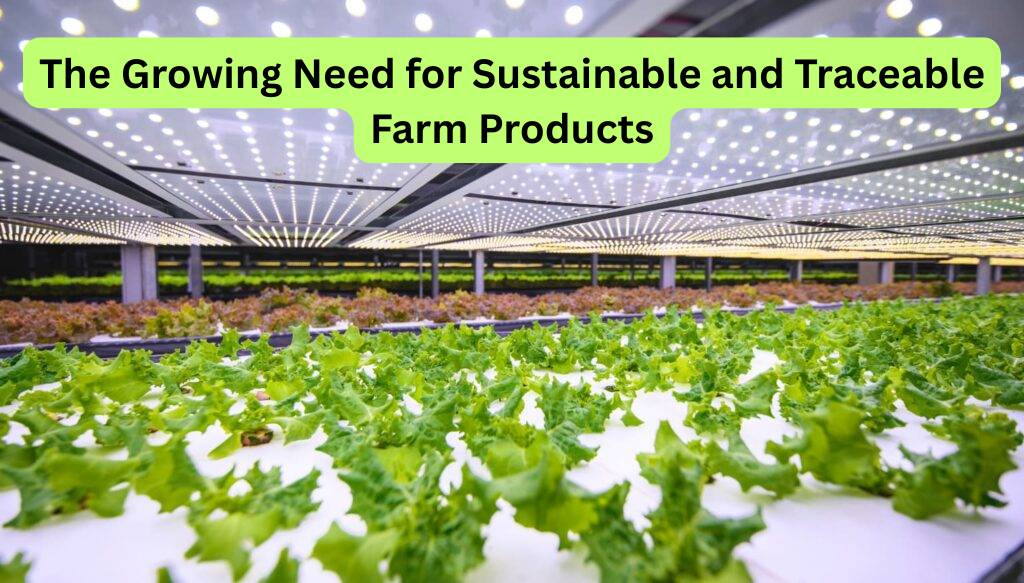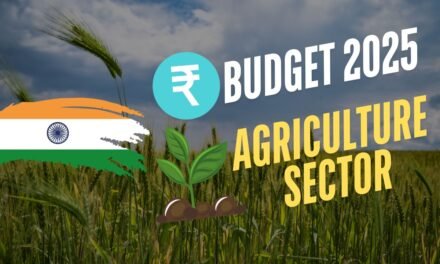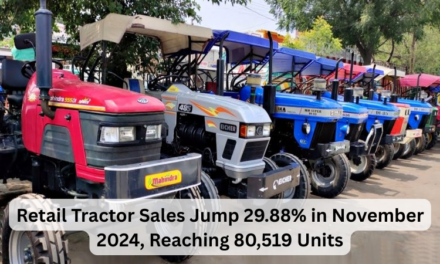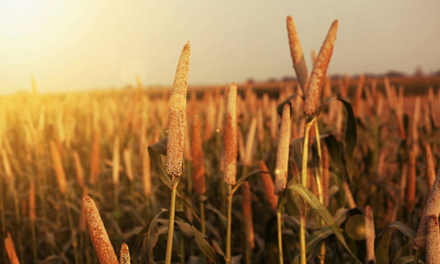The demand for sustainable and traceable farm products is intensifying as consumers and regulatory bodies increasingly prioritize environmental responsibility and transparency in food sourcing. This shift is prompting significant changes across the agricultural sector.
The European Union’s Deforestation Regulation (EUDR), set to take effect on December 30, 2024, mandates that food and beverage companies ensure their products have not contributed to deforestation since 2020. This regulation requires companies to gather geolocation data, assess deforestation risks in supply chains, and develop strategies to mitigate these risks. Various tools, including AI and satellite data, are emerging to aid compliance.
Cocoa Industry: In anticipation of the EUDR, the cocoa industry is enhancing traceability efforts to meet new regulatory standards. Brands and countries worldwide are working to increase their traceability systems to manage deforestation governance effectively.
Cotton Sector: Olam Agri has launched a global certified regenerative agriculture program to address the demand for traceable and sustainably grown cotton. The program has achieved regenagri certification for 100% of its directly sourced cotton in Côte d’Ivoire and plans to expand to Australia and Brazil.
Soybean Production: ADM has expanded its traceable soybean program, successfully delivering 2.4 million bushels (64,000 metric tons) of traceable soybeans. This initiative aims to meet the growing demand for sustainably sourced soybeans.
The integration of blockchain, satellite, and AI technologies is enhancing the traceability of food products from farm to table. These technologies enable precise tracking and transparency, allowing consumers to verify the origin and sustainability of their food.
Consumers are increasingly seeking products that are both sustainable and traceable. This trend is influencing purchasing decisions and prompting companies to adopt more transparent and responsible sourcing practices. The agricultural sector is undergoing significant transformations to meet the growing demand for sustainable and traceable farm products. Regulatory pressures, industry initiatives, and technological advancements are collectively driving this shift toward greater transparency and environmental responsibility.









